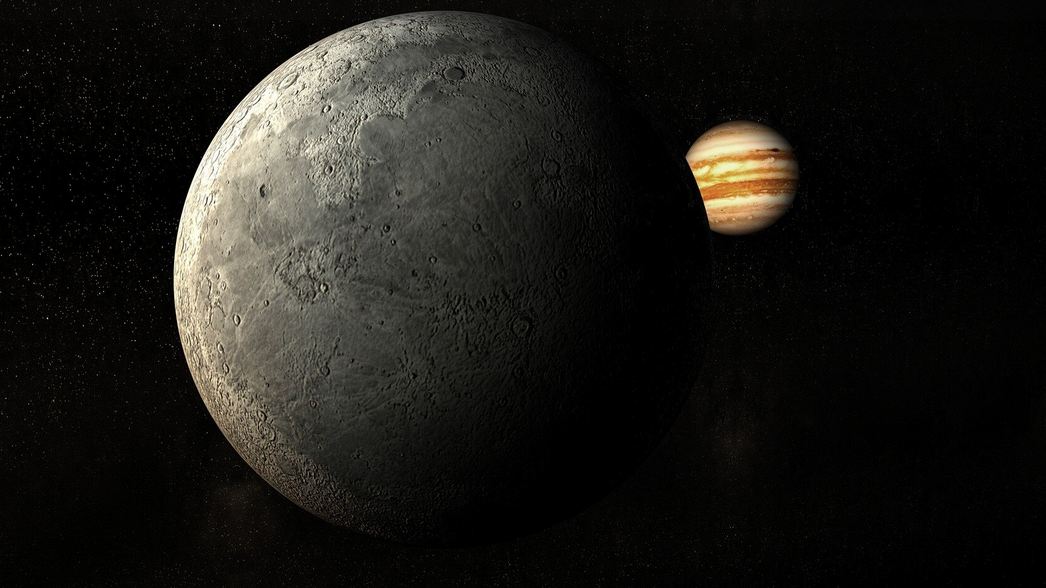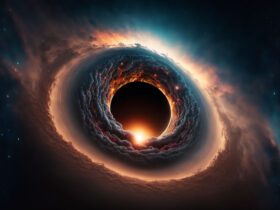“Super-Earths” keep popping up. The most numerous exoplanets are those between Earth and Neptune in size, yet they’re also the most perplexing. Are they rocky like Earth, complete with atmospheres and liquid water, but much larger? Or are they “mini-Neptunes” with a variable gas envelope and unlivable temperatures and pressures? In the hunt for life, it’s a crucial difference. Not least because the high pressures and thermal conditions on exoplanets with masses several times that of Earth are unknown.
So why not discover more about “super-Earths” by using one of the world’s most powerful lasers?
Richard Kraus from the Lawrence Livermore National Laboratory and his colleagues began their research with the knowledge that Earth, the only known habitable planet in the cosmos, has a magnetic field. It shields life from the dangers of charged particles carried by the sun’s wind. Scientists were able to calculate the melting temperature of iron by using very high-energy lasers at Lawrence Livermore National Laboratory’s National Ignition Facility to replicate the same heat assumed to be present in “super-Earth” cores.
They discovered the melting threshold of iron up to 1000 gigapascals (Gpa), which is about 3 times the pressure in the Earth’s core.
Finally, what is the verdict? On terrestrial exoplanets with a mass of four to six times Earth’s, a liquid metal core—and hence a shielding magnetosphere—lasts the longest. As a result, magnetospheres in “super-Earths” may be more common than previously assumed, as well as lasting longer than on Earth-sized rocky planets. Because protective magnetic fields are thought to be required for life as we know it to persist, “super-Earths” are more probable than Earth to have a longer period of magnetically protected habitability.
Is this a sign that “super-Earths” are the exoplanets to look for in the hunt for life? No, since rocky “super-Earths” with atmospheres are far more probable to be “mini-Neptunes” than planets substantially bigger than Earth.
The paper was published in Science.















Leave a Reply